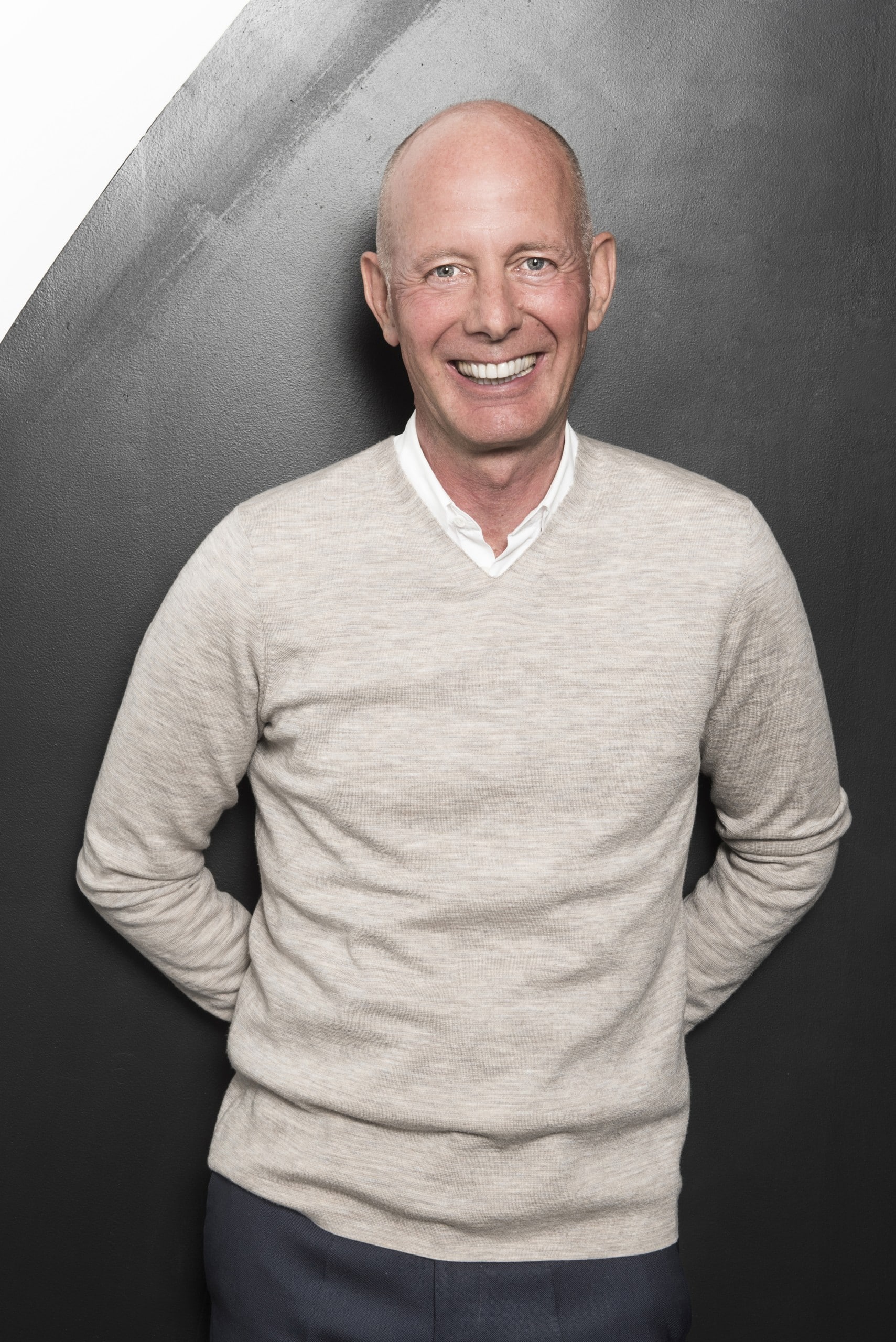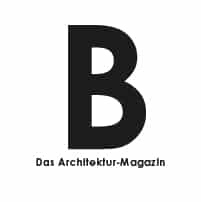Es gibt Architekturbüros und es gibt UNStudio. 1988 gründeten Ben van Berkel und Caroline Bos, die sich 1987 in London kennenlernten, das Architektur- und Designbüro UNStudio. UNStudio steht für „United Network Studio“ und hat seinen Sitz in Amsterdam. Der Name ist Programm: Das Netzwerk, bestehend aus 300 Mitarbeitern aus 27 verschiedenen Ländern, ist für über 100 Bauprojekte weltweit verantwortlich. Über 80 Projekte sind derzeit in Planung und im Bau. Doch das Tätigkeitsfeld von UNS geht weit über die klassische Architektur hinaus: Es gibt Einheiten mit den Namen UNSx und UNSFutures. Diese befassen sich mit Themen wie User Experience Design und Prognose. Wir sprachen mit Ben van Berkel über Vernetzung in Zeit von Corona, belastbare Architektur und Zukunftsszenarien.

“Things are looking good.”
It all started at a kitchen table. Here you and Caroline Bos sketched out your firstFirst – Der höchste Punkt des Dachs, an dem sich die beiden Giebel treffen. designs. The idea of United Network Studio was born. Today, over 30 years later, UNStudio is operating from four international offices – Amsterdam, Shanghai, Hong Kong and Frankfurt – across two continents, and designing in over 30 countries. What does Covid-19 mean to a global company like yours?
With an epidemic, a global design firm has a distinct advantage, but once it becomes a pandemic, the advantage quickly slips away. For UNStudio, the recent pandemic and subsequent lockdowns meant that, like most design firms, we had to switch very suddenly to working from home. Everybody at UNStudio was up and running in their home offices within a couple of days, so in that respect, it actually caused very little disruption. But we did have the advantage that our Shanghai office had just been through the same situation, so we could learn from them.
We have also been very fortunate in that we have experienced little disruption to business as yet. In fact, two of our largest projects have just received planning permission and will now go full steam ahead with construction. We have also won a number of competitions recently, so on the whole, things are looking good in that respect.
How is creativity affected?
However, now that we have all been working in this new way for ten weeks [at the time of writing], we are starting to assess the benefits and drawbacks, and using this information to plan how we will start to return to working at the office. Like most, we have seen the benefits of communicating with each other, our consultants and our clients digitally, but we have also been made aware of the pitfalls.
As such, we are asking questions about to what extent creativity is affected by our not being able to carry out design sessions and brainstorms face-to-face, or about what facets we miss about not being able to meet our clients in person. As such, we are now assessing, not only which measures we need to take to ensure we can return to the office safely, but also what improvements can be made to how we work and how we collaborate; how to apply what we have learnt from this experience to better our working practices.
“Travel time is valuable thinking time.”
“Our past, present and future is all about connecting people to places and to each other” is the motto of UNS. What does networking look like in times of corona?
Networking is currently 100% digital, which is a very interesting experience. That has its advantages and disadvantages. On the one hand scheduling is easier and you don’t have to allow for travel time between appointments; meetings can be carried out one after the other with people across the globe, which means you can get a great deal done in a lot less time. But on the other hand, not only can this be very energy draining, but you also realise the importance of seeing and speaking to people face-to-face. I do believe this is extremely important for building relationships and trust. Another disadvantage, if you fill your agenda with back-to-back to back meetings, is that you don’t make time for contemplation. Travel time is actually very valuable thinking time, so we should probably all be planning static ‘travel time’ into our days during lock-down, as a means of staying creative.
“Perhaps we can learn from shifting our routines.”
OnApril 30th, a Covid-19 update was released on the UNStudio website. It said: “We have switched from an average of 40 hours of travel a week, to 17 videos calls a day. And instead of hands-on design sessions, we are now using sharing platforms.” What else has changed in your daily routines?
This varies from person to person and very much depends on their individual situations. The lockdown is of course much harder on people who have had to not only help their children with school work, but also entertain them, whilst trying to work at the same time. There are also some people who feel very isolated, while others are thriving and are perfectly happy to work remotely. So, it’s both a personality thing and the family or living situation that effects how people organise or experience their days.
Thankfully many people are very focussed on staying fit and healthy and are making sure to get out or to exercise daily. But that is no longer during a set lunch hour, they do it when it suits their workload, or flow, to take a break. That is a big shift from the routine they may have been used to at the office, and perhaps another thing we can learn from.
“We have to design our buildings to be flexible.”
“Personally I have shifted my thinking from ‘What can we build?’ to ‘How can we be more resilient?’“, is another statement of yours. What do you mean by that? And does architecture have to be resilient nowadays?
Yes. For some time now we have been talking about the need for the resiliency of cities in urban planning, but the recent pandemic has shown us that we also have to design our buildings in such a way that they are flexible enough to recover from disruptions. This may be a disruption like a pandemic, but it could also relate to sociopolitical change or an economic crisis, or of course environmental concerns.
“The topics of our Futures team have turned out to be extremely relevant.”
Forecasting the future and designing for it is an important part of the work of UNStudio. Therefore, UNSFutures was created. On the website it says “The result is healthier buildings and cities that improve quality of life … whatever the future may bring.“ Whatever the future may bring – was a pandemic ever an imaginable future scenario?
In recent years, I have actually been teaching a course at Harvard University about the importance of taking health into consideration in architecture and urban design. But, to some of course an actual pandemic was imaginable, or in fact inevitable; to some who work in the scientific fields and who know from history how easily pandemics can emerge and spread. But I imagine that for the average person it has only ever been a concern when they received news of an epidemic elsewhere in the world and feared it would not be contained. As with Ebola or Sars, for instance. But we also mustn’t forget that none of us have ever experienced anything like this in our lifetime, so it is not present as a constant threat or fear in our minds.
That said however, it is remarkable that a lot of the topics our Futures team have been researching in recent years have actually now turned out to be extremely relevant to the current situation – even if a pandemic was never the actual impetus for their research.
“The health of humans, earth and the economy are completely interdependent.”
The German Federal President Frank-Walter Steinmeier is certain that the world afterwards will be different. Do you share that opinion? Will our world change permanently? And the world of architecture as well?
To a certain degree, yes. But we also shouldn’t overstate the case, as we always have to be cautious of making drastic changes or predictions during times of extremes. But even recent history has shown that change occurs after global disruptions take place. In architecture, there was a post-9/11 shift, and another one following the financial crisis of 2008. I have absolutely no doubt that the Corona virus pandemic will also change both the profession – how we do business – and how we design cities and buildings. Human health will of course become even more of a focus, but this has to be balanced at all times with the health of the economy and the planet, as they are all completely interdependent.
